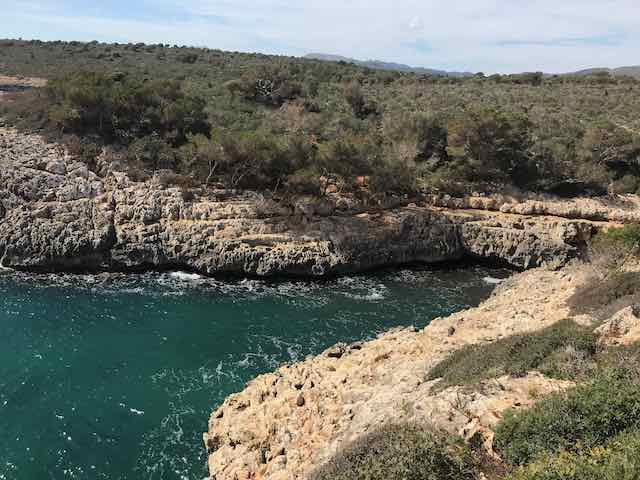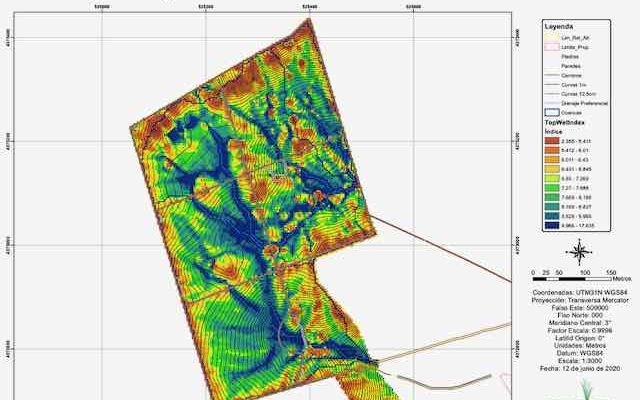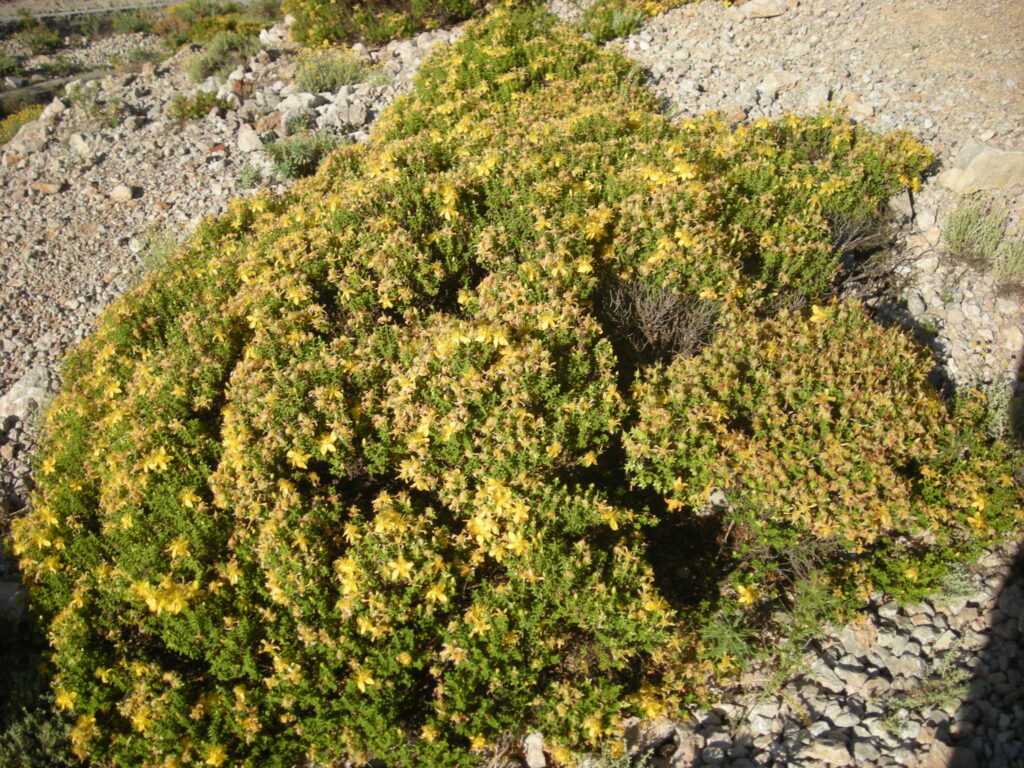
Regenerative bioeconomy in Mallorca, a new model
A completely new approach using drawdown technologies, biomass, and native plants for high-value-added products results in the way to go in the Mediterranean leading to a regenerative bioeconomy in Mallorca as a new business model.
Cala Falcó is a typical 50 hectare farm near Manacor in Mallorca, Spain. Little or no water access, desertification, erosion, presence of nitrates, sulfates, and other chemicals leached during decades by previous and neighboring farmers in the basin, deforested bush and marina impacted by bad practices and tourism, biodiversity losses, and a not very much promising future considering climate change scenarios expected.
The farm has access to a beautiful shore and amazing caverns and grottoes visited in the area where a potential connection with nature allows new approaches to human and natural regeneration.
Funders acquired this property in 2019 and began development in 2020 when initial activities included soil amendment, permaculture approaches and observation (botanic studies, fauna analysis, etc.), and afforestation of most fragile areas near the shore.
Based on regenerative agriculture, afforestation, clean energy, and educational activities, Cala Falcó funders look for a socially inclusive model including soil organic matter regeneration, aromatic and medicinal native species to produce perfumes and cosmetic products, enhanced training activities and healthy-regenerative approaches based on a new consciousness to connect people with nature.
The key aspects of these new approaches include:
- Soil regeneration: in particular in areas that had decades of plowing, overgrazing (goats/sheep mainly), and agri-chemical which produced subsidies dependency and extremely low yields while depleting soil nutrients and fertility.
- Biochar based organic fertilizers made with local waste materials (including dry matter collection to prevent wildfires). Locally made, these products have a high potential to recover soil fertility in the short term. Enhanced microbiologic methods using mycorrhizae, fungus, and beneficial bacteria.
- Landscape design takes approaches from analog forestry and nature mimicry near most fragile areas. Native species targeting essential oils, medicinal products, fruits, hardwoods, and bushes in a perennial model with low water and crop maintenance costs. Valuable products: re-valorization of native species such as Hypericum balearicum, Crithmum maritimum, or Santolina chamaecyparissus.
- Cosmetic products include sophisticated artisanal perfumes, fragrances, clays, organic hydrolats, and floral waters.
- Energy efficiency methods for inputs, transportation (animal traction), housing, and warehouse. Clean thermal energy for essential oil distillation based on biomass waste materials. Solar panels complement off-grid electricity.
- Circular economy: Collection of animal and vegetable waste materials as well as grey and black waters and residual ash and biochar recovery methods to produce biofertilizers.
- Artisanal lignocellulosic green materials for product packaging(woody and fiber species cultivated in most marginal areas).
- Afforestation, biodiverse stands, and cover crops as initial steps in eroded bare soil with scarce organic matter.
- Water for irrigation based on sanitation water recycling and rainfall capture and an exemplary low endowment ranging from 50-100 m3/ha mostly during crop/tree establishment years. Xerophytic gardening techniques.
- Hydrological and topographic studies are used to detect wetter areas in micro basins in the farm in order to concentrate intensive activities(organic fertilizers, labor, irrigation support) in specific areas with more potential.
- A socially inclusive model with voluntary schemes, small entrepreneurs, young rural people, gender equality, and access to small loans and alternative funding through a variety of regional, national, and European funding options (including collaboration with NGOs, Universities, and Research organizations promoting similar approaches,new technologies).

Our studies involved several techniques considering topography and hydrological studies in order to detect areas with more potential to increase intensification and determine the best landscape management options for each area.

The 2030 Agenda for Sustainable Development, adopted by all United Nations Member States in 2015. It provides a shared blueprint for peace and prosperity for people and the planet, now and into the future. At its heart, are the 17 Sustainable Development Goals (SDG.). These are urgent calls for action by all countries – developed and developing – in a global partnership.

Hypericum balearicum is one of the wild native species considered in this project to produce high-value-added perfumes.
Using native aromatic plants, this project includes a processing facility based on green energy to produce high-value products obtained through distillation among many methods.

Pistacia lentiscus (also lentisk; mastic; Greek: μαστίχα mastíkha ) is a dioecious evergreen shrub or small tree of the genus Pistacia. It grows up to 4 m (13 ft) tall and is cultivated for its aromatic resin in several areas of the Mediterranean.
Besides biomass use for thermal energy, the project will include solar panels to provide off-grid electricity for processing facilities and housing.

Grottoes and caverns are frequent in this farm providing a perfect environment for educational and research activities. Also, regenerative therapies are handled with cosmetic products and essential oils.

Seaweed Posidonia oceanica accumulated in the coastal part of the property is being tested as raw material for composting

In order to facilitate regenerative methods, a sustainable intensification approach is implemented. Above: Contour farming and combinations with rain-fed managed native fruit trees, olives, and aromatic species with support irrigation during the first 2 years. Agroforestry approach showing fruits and lavender, photo source: https://regenerationinternational.org

